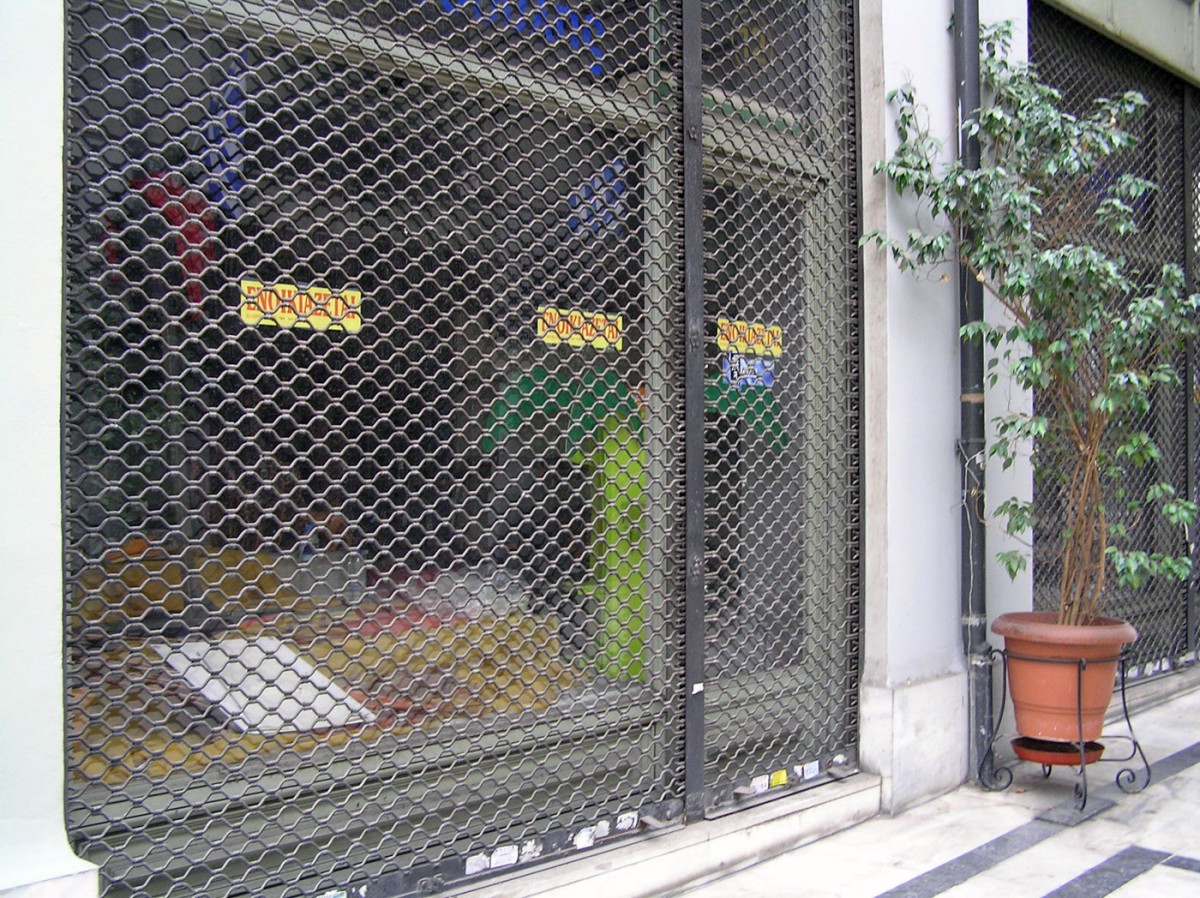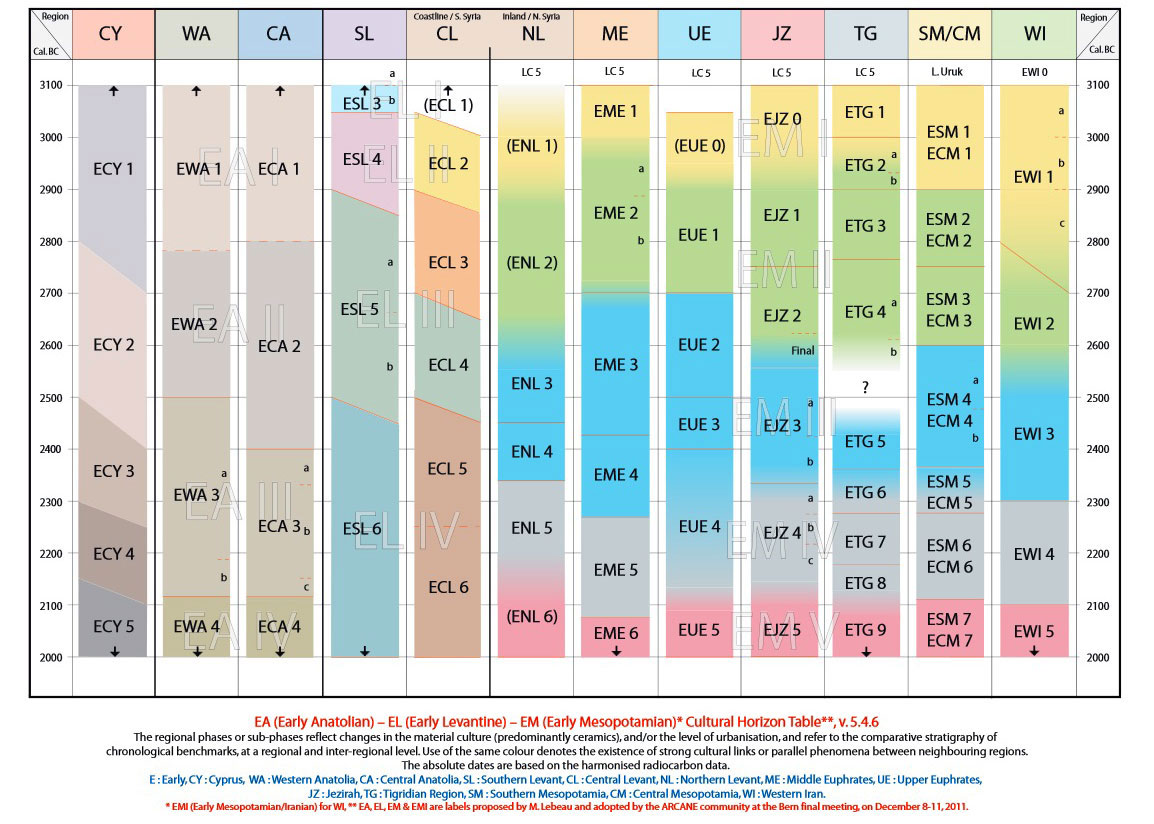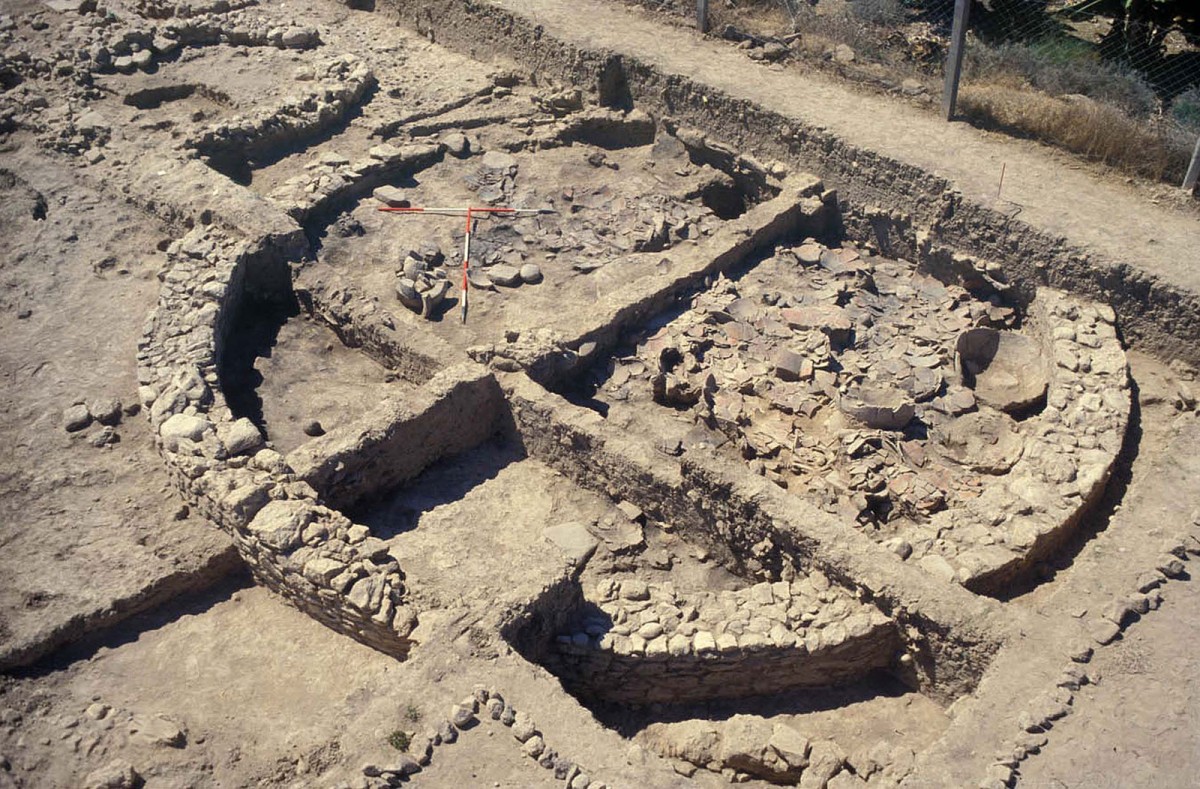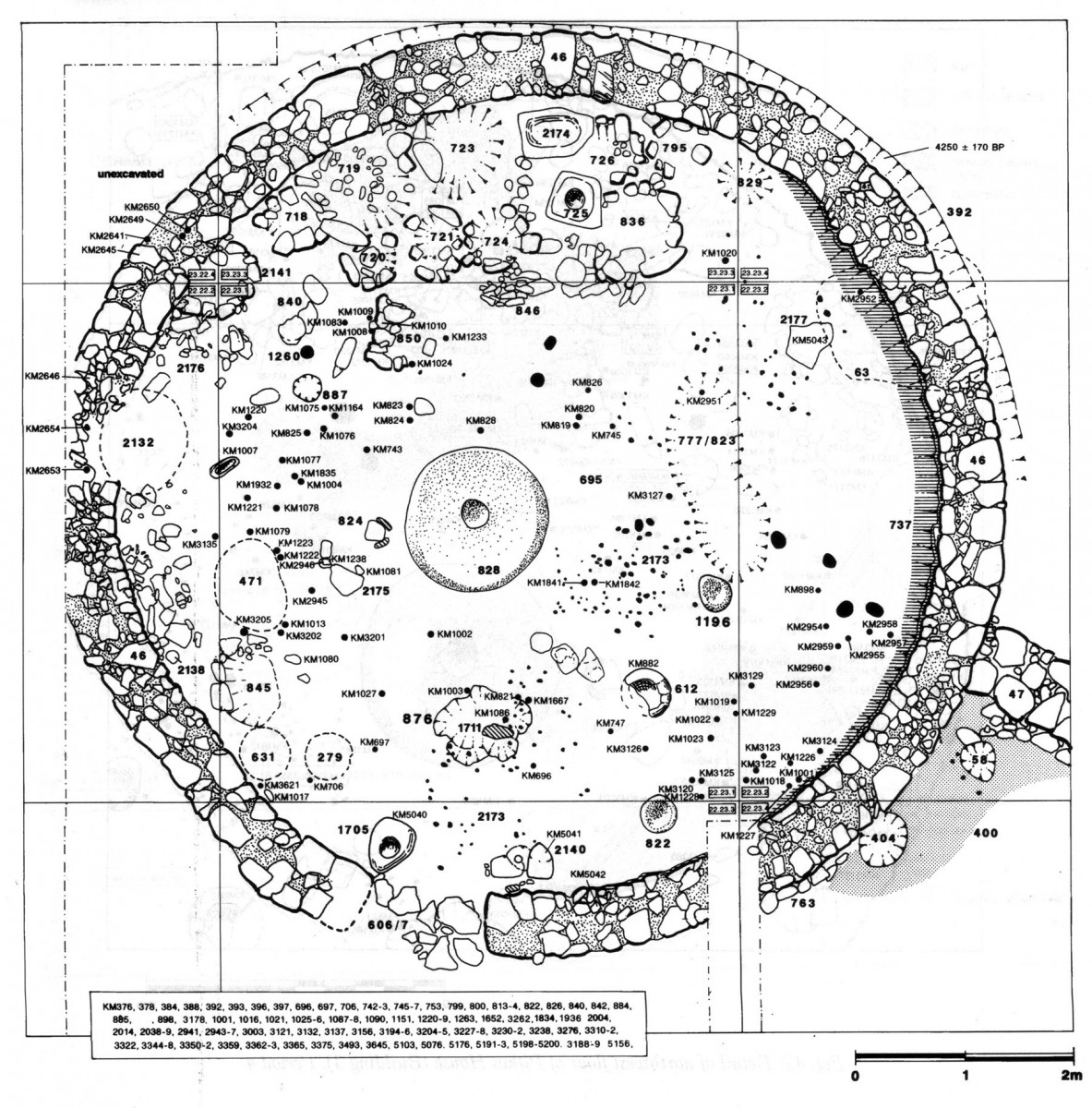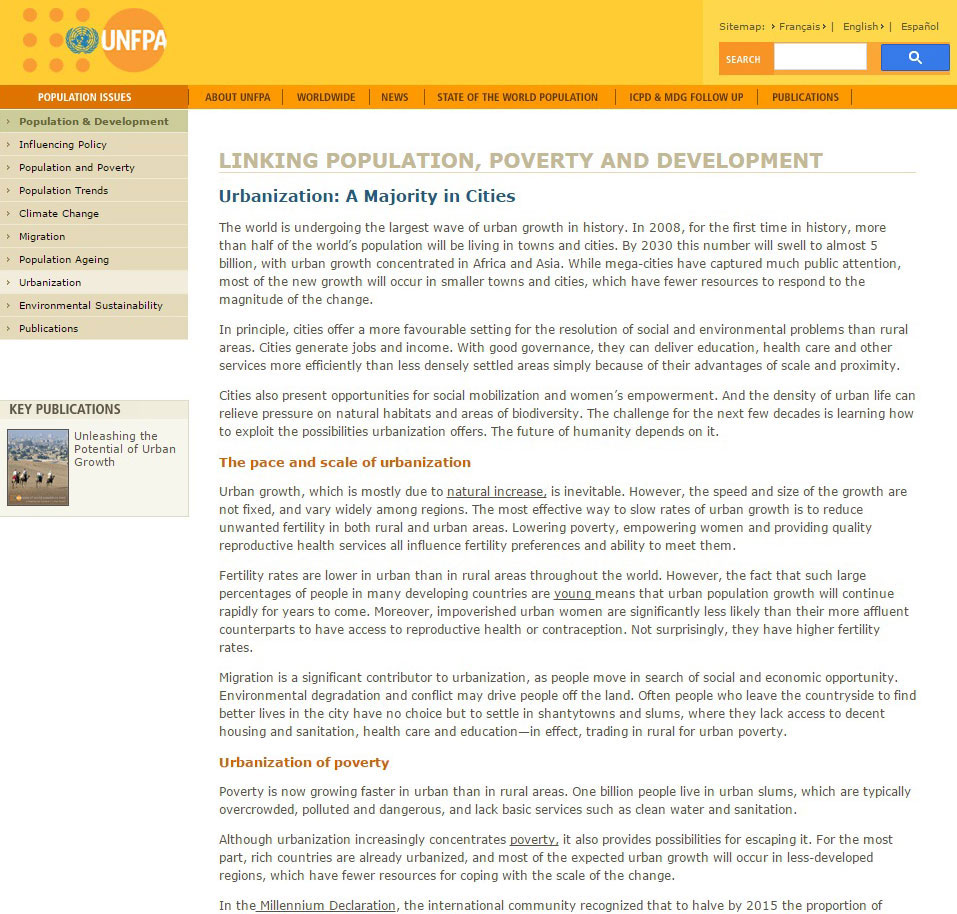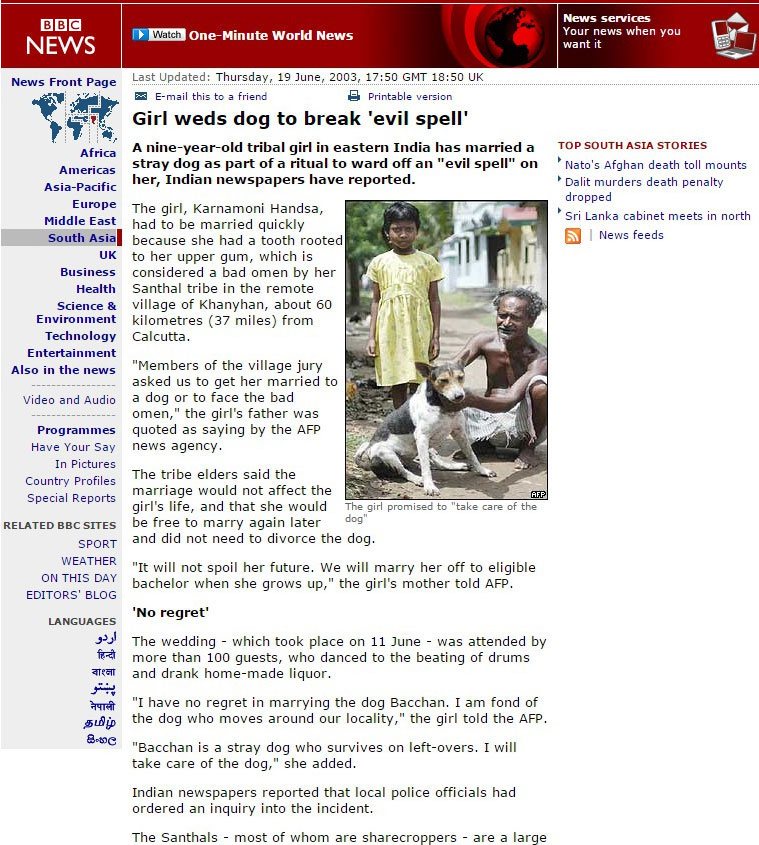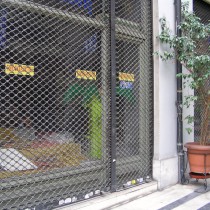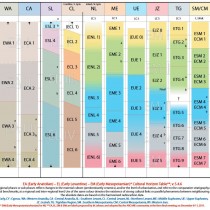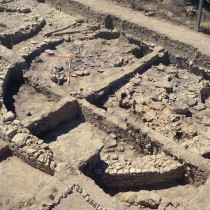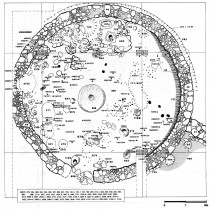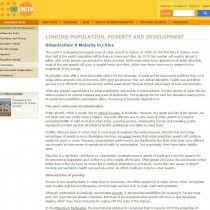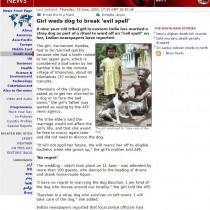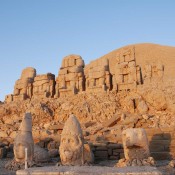Accumulated learning has given us, in the twentieth century AD, an immense advantage over our predecessors in technology and in the range of mental skills by which we can explore the universe and create a multiplicity of logical images. But we must not mistake this for increased intelligence. Intelligence is not knowledge. It is the ability to cast into logical shape such knowledge as one has. … That is the crucial message of biology, of the fact that we are all of the same species. Progress has not made us into superior beings.
(Barry Kemp, Ancient Egypt: Anatomy of a Civilization, 1989).
There is the old brute, too, the savage, the hairy man who dabbles his fingers in ropes of entrails; and bobbles and belches, whose speech is guttural, visceral – well, he is here. He squats in me. Tonight he has been feasted on quails, salad, and sweetbread. He now holds a glass of fine old brandy in his paw. He brindles, purrs and shoots warm thrills all down my spine as I sip. It is true, he washes his hands before dinner, but they are still hairy.
(Virginia Woolf, The Waves, 1931 [2008])
Introduction
Today’s “Crisis” offers the historian of our time plenty of material to research many fields. It is a great challenge for one to try to describe in material terms the state of social transformations and fluctuation we are experiencing today and to start thinking about how much of this will be visible to the future archaeologist, to what degree, with what temporal and spatial density, on what kind of scale and with what regularity. What, for example has changed in our relation to material culture, in the amount of things we consume, in the importing of foreign goods and the consuming of Greek ones, in the waste we produce and the things we recycle, in the population movement and the emptying of public spaces and neighbourhoods (fig. 1).
Together, however, with the study of material culture there is another area of interest in archaeology, that of the concept of time. The dramatic changes violently taking place in our time and which are not perceived by everyone in the same way, evolve in parallel tο the cycle of our daily routine and they effect it sometimes more and sometimes less dramatically. Thus, while important historical events take place in “present” time, we witness two basic elements in the concept of time that rarely are perceived simultaneously and particularly with the intensity they are presented to us today: namely “time” in the form of a sequence of events but also of “time” in the context of length and fluidity. These two “forms” in which we perceive time have been the centre of important discussions on philosophy and the attempt to define them raises a series of questions (for a concise introduction to the subject see Lucas 2005, σ. 19-24). Bergson has already stressed that time is perceived as duration but is represented as a sequence and he has noted that it is usually this “spatial dimension” that creates the problems as time is a “primordial heterogeneous continuity” and cannot be defined in “spatial” terms (Bergson 1910). Moreover, the representation of time as a sequence lacks the experience of time that becomes apparent only through duration and so it is difficult to understand a distinction thatessentially refers to an interdependent relationship. What is unique in our time is that we experience precisely this interdependence to the maximum. While we are used to put the emphasis in a historical narrative in the sequence of events, we are now called to manage the fluidity of historical development and the experience of a subjective view of time, in the form of heterogeneous duration.
The concept of “Time” in prehistoric archaeology
The distinction of time into present and past seems to have been originally used by the science of anthropology so as to become a basic way of imposing western thought on history, which apart from the temporal duration-distance thought it necessary to also create a respective spatial one (Fabian 1983, Thomas 1989, Murray 1993, Shanks & Tilley 1987, Gross 1992). As Fabian (1983, p. 31) observes in his study on the concept of time in anthropology, in their effort to reject any connection to the Aborigines and to circumscribe the concept of diversity with “the other”, anthropologists did not limit themselves to locating a natural, spatial distinction. They also created a time transfer, a “different time” which made impossible any relationship of synchronicity and separated the ethnographic present from the present of the ethnographer by using categorizations that divided time into primitive and contemporary, savage and civilized.
Thus when, at the start of the 19th century, Europe began to confront archaeology’s first systematic studies and discoveries of archaeology which proved the “age” of the human species by using the ethnographic analogy, it was easy to incorporate them in its dominant ideology creating a similar model based on “prehistoric time” (Murray 1993, Lucas 2005, p. 122, Trigger 1996, pp. 164-167).
It is characteristic that when the “idea”of prehistory appears in Europe it is inextricably tied to the piecing together of the past as its basic objective, since initially the difference between history and prehistory does not centre so much on the lack of written sources as in the distinction between current and past history (Lucas 2005, pp. 122-123. Daniel 1962, p. 10). The fundamental importance given to this distinction also becomes apparent from the fact that prehistory, as indeed ethnology earlier on, is initially classified in the natural and not the historic sciences, obviously serving a deeper distinction connected to the model of evolution, between nature and logos/speech on the one hand and writing and civilization on the other (Lucas 2005, p. 124). The creation of the time transfer of “the other time” was a basic requirement for the study of the history of mankind, an ingredient in the formation of prehistoric archaeology as a distinct branch of science and a definitive factor in its relation to history.
At the same time, however, prehistoric archaeology also played an important role in the nationalist model of Europe and, together with anthropology, helped the 19th century nation states to redefine their identity through continued narratives on the history of mankind.
Thus, from the moment it was formed, it contained two different approaches to time: that of anthropology i.e. that of a distance that referred to the time of “savage” humans who live closer to nature but also the historic, that of continuity, that referred to a time in which the ancestors of modern societies had been born and its continuation constituted an ingredient both of the nationalist model but ultimately also of the evolutionary (Trigger 1996, pp. 207-209).
The process of constructing dating systems really begins with the intensifying of archaeology’s activities and constitutes a basic tool in archaeological practice that aims to manage this twofold approach (anthropological and historical).
Having first, the evolutionary model as a starting point, cultural changes and social transformations are looked at through a prism where “time” is used to define the sequence of events on a global scale and not their duration (Lucas 2005, pp. 7-8). In fact the spatial representation of the sequence of events is facilitated by the practice of excavations that are basically concerned with the survey of stratigraphy i.e. the geo-cultural layers that develop on a vertical axis. Thus, although the creation of the first “relative” dating is based on the traditional practice of evolutionism, studying the actual finds and their typological (morphological) differences, it quickly acquires a “spatial” dimension which is based on the study of stratigraphy and the connection of prehistoric periods with specific sets of findings, deposits and cultural groups (Papaconstantinou 2006, Papaconstantinou 2007).
The characteristic feature of this initial perception of time is that it is presented as a single, linear phenomenon, a sequence of events and inevitably it approaches social changes through the same prism, namely as single and linear. The example of dividing the evolution of human societies into the stages of savagery, barbarism and civilization by the anthropologists Tylor and Morgan at the end of the 19th century, signifies precisely this importance attached to the sequence of time in consolidating man’s evolutionary stages (Renfrew & Bahn 2001, pp. 25, 31). It is also directly connected with the System of the Three Ages (Stone, Bronze, Iron) which constitutes one of the first systems used by prehistoric archaeology for defining periods.
At the start of the 20th century, when the interpretive model for man’s evolution is redefined and interest shifts towards the importance of cultural groups by their geographic area, Prehistoric archaeology focuses its efforts on establishing “local dating” and the study of cultural groups (Trigger 1996, pp. 311-313). At that time it was necessary to calculate with greater accuracy the evolution of cultural phenomena which thus paved the way for scientific techniques that secured “absolute” dating based on which the concept of time is independent from the archaeological finds and is confirmed in calendar years (Lucas 2005, pp. 9-13).
The emerging of radiocarbon dating and the emphasis on the study of individual cultural groups of each region led to the re examination of the revolutionary model and criticism of “grand narratives”. Since, however, the new approach was equally linear, it created respective categorizations, distinguishing societies as four categories, based on the intricacy of their structure (groups, tribes, leader societies, early states) and detaching their evolution or decline from any temporal or historical correlations whatsoever (Renfrew & Bahn, pp. 179-182).
Consequently, both in the case of the evolutionary theory as well as its subsequent variations, the relative but also the absolute dating of prehistoric archaeology helped the representation of each period of time to reproduce the same structure, based on which the history of man is divided into distinct sections and follows a linear direction. Indeed, in the middle of the 20th century, the longing for a global narrative of the human species’ evolution devised a different type of “grand narrative” which aimed to explore the origin of specific social phenomena such as the creation of the Neolithic civilization and the transition from the food gathering stage to that of food producing, the development of agriculture or the creation of the first cities and the beginnings of an urban way of life.
This holistic approach to time which gives it the value of an independent parameter, still constitutes a component of each archaeological narrative despite the criticism it received (see Thomas 1994, Young 1990, Althusser 1969). It is nevertheless important that, parallel to the above approach, efforts are being made, influenced by the criticism, in trying to creatively incorporate different approaches and perspectives.
Reviewing the model of “Holistic” time and the recognition of multi-temporality
Already from the start of the 20th century there was a “head on” criticism concerning the way social phenomena had been studied up to that point, beginning in 1929 from the field of History itself with the School of the Annales (Bintliff 1991, Knapp 1992) which distinguishing the inability of the holistic approach to history to recognize the different temporalities often governing social developments, put forward the issue of scale and regularity regarding social transformations.
The School of the Annales recognized three types of time scale in history, according to which a historical event can be of either a long, medium or short duration and therefore history is not linear but, on the contrary, is made up of cycles of events. According to this specific approach, time is not a simple, independent unit of measurement or a “container of events” but when analyzed in depth is essentially indistinguishable from facts. The difference of the new, non linear perspective on the development of social systems is based on the effort to understand the problem that emerged from social evolutionism according to which social changes cannot be explained but simply fit into a sequence of phases which is automatically also of an explanatory nature.
The School of the Annales in introducing the concept of the time scale essentially created a temporality that has “depth”, by trying to find a balance between the fluidity of time as perceived by the senses (duration) with the abstract sequence (of points or events) and in this way dialectically relating the phenomena of continuity and change with the study of social phenomena.
This format with the different temporalities particularly attracted archaeological research in the field, which is “bound” by events, since it offered the possibility and the flexibility for it to approach its data by using different scales of analysis, without needing to fit it into macroscopic narratives, not however excluding this possibility (see Knapp 1992, Bintliff 1991, Last 1995, Lucas 2005, pp. 15-19)
Both the approach of the School of the Annales and the other non linear approaches that influenced prehistoric archaeology in investigating social transformations (van der Leeuw and McGlade 1997) use a systemic model of social structure according to which each system contains “by nature” a kind of instability which while it is usually under control and creates no problems, has, nevertheless, a limit, a “threshold” beyond which it loses control and can contribute to the system’scollapse or transformation. The moment in time that this threshold is crossed constitutes one of the basic research topics of archaeology in relation to the history of each civilization.
Apart from the contribution of this specific approach to the way social transformations in archaeology were analyzed in the mid 20th century the problems arising in the concept of time also had other effects, the most important one being the re-examination of many archaeological practices (Leone 1978, Bailey 1983, 1987, Shanks and Tilley 1987).
Time and archaeological practice
In the 70s, an important discussion started in America about the nature of archaeological evidence (see Papaconstantinou 2006) and the distinction made between the archaeological context (the archaeological findings brought to light by the excavations) and the systemic context (each social system reflected in the archaeological evidence and which gives form to the latter). According to this distinction, archaeological evidence is considered static, it is compared to a “fossil” and is thought that it represents a “break” in time at the moment the archaeological context took on its particular form. On the other hand, the systemic context is thought to reflect the dynamics of each society and the time to which it refers has depth and timelessness, since it covers all the spectrum of work connected with the production of material culture from its planning and making to its use and discarding (see Papaconstantinou 2006).
During the 80s, when the role and opinions of archaeologists were thought as equally important in the shaping of the final synthesis of archaeological data, archaeological evidence in the field is compared with a “text” to be read and the concept of immobility, ensuring the necessary distance between the present and the past, starts to wane (Hodder 1987).
Over the last decades when there has been a growing reflection on excavation practices, it is thought that the term “palimpsest”, i.e. the covering over of many incidents in a time frame that is multileveled, better describes the intricacy of archaeological evidence, since it recognizes that this continues to be formed up to the start of the excavation (Lucas 2005, p. 33). In this context even the time scale of Braudel (Annales School) is criticized because, although considered important in analysis, it does not seem to allow for a dialectic relationship between the historical phenomena of each scale (Lucas 2008).
Despite these specific discussions, however, the representation of time using spatial and material terms through a stratigraphy survey is still a basic excavation practice, mainly because it offers a feeling of “security” and “validity”.
Besides, an impressive example is that of the Athens subway in Syndagma station where the city’s age and history are presented through a “monumental” representation of the stratigraphy from excavations in the area, exhibited in a showcase.
However, although the basic rules of surveying and recording archaeological evidence appear to make obligatory the representation of time as a sequence, the need, now proven, to describe and investigate the variety of time periods existing in archaeological evidence have steered research towards using alternative narratives and methods of analysis.
Indicative of growing speculation on the concept of time in archaeological research is also the change of rhetoric regarding the latter’s aims, since at the start of the 20th c. it began to try to “describe” the changes in history, then to “explain” them (the period of positivism-procedural era), later to “interpret” them (meta-procedural era) and nowadays to “narrate” them, a fact that undoubtedly acknowledges the involvement of the manner in which we perceive time in our analyses (Papaconstantinou 2006).
All the analyses attempted today in archaeological research now cover all time scales: grand narratives, descriptions of incidents (Gosden 1994, Thomas 1994, Murray 1993, Joyce 2002, Bolender 2010), “biographies” of objects (Appadurai 1986, Moore 1995) or even more general topics that explore the concept of memory and the past in prehistory (Bradley 2002, van Dyke and Alcock 2003).
Lucas also makes an important proposal on the necessity for archaeology to find a different way of narration distinct from that of history and anthropology, given the fact that archaeological evidence which actually has the features of a palimpsest and a special relationship to material culture, differs from the evidence of the other two sciences and cannot be understood by the same terms (Lucas 2008, p. 61). This proposal even remodels the actual concept of “the incident”, giving it a special relationship with the materiality of the findings and distancing it from the narrative methods of history and ethnography (Lucas 2008, p. 63).
Apart from modern speculations, the creation of periods, i.e. the division of time into specific unities with a beginning, middle and end, even if recognizably a simple construction, seems to be inherent with the formation of Western history and the concept of narrative and this is perhaps an additional reason for its dominance in the humanities (Lucas 2005, p. 50, also see Gardin 2003).
The study of cultural and social changes, for example, perhaps also because it demands large scale analyses, is inextricably bound up with the use of periods as it tries to define their start, end and development and to specify many of their characteristics, without this excluding any attempts at broadening their narrative framework. The current dialogue based on the study of some of the most important social transformations of the prehistoric period is indicative of the possibilities that speculation on the concept of time can offer to research.
Social transformations on a large and small scale: examples from the prehistory of the eastern Mediterranean
The example of the Neolithic Period is typical in the attempt to understand the concept of time as it marks the period in which one of the greatest social transformations happened in the history of mankind and announces a total change in the manner prehistoric societies were organized. It is the period in which we move from the food-gathering stage to that of food-producing and from being nomads men became cultivators, live in permanent homes and create a fundamentally new way of life that lays down the foundations of life as we know it today.
The Neolithic age in Northern Europe was formed as a separate period of prehistory through the system of the Three Ages in the 19th century and became linked with a series of findings considered representative of Neolithic cultures: ceramics, specific types of stone carving, the domestication of plants and animals, the cultivation of the soil and the development of agriculture, stone and brick houses and settlements.
Thus when archaeological activity at the start of the 20th c urgently raised the question of prehistory in regards also to the Near East, due to the mass of findings brought to light, archaeologists tried to understand and compose the region’s history by using the terminology and the typology of the finds in prehistoric Europe.
The findings from regions in the Northern Euphrates, the river Jordan, Syria and Palestine quickly became incorporated in the rhetoric on the prehistory of Europe and became a part of the evolutionary model of the diffusion of culture according to which the Neolithic civilization began from southeast Asia and via south east Europe crossed to the rest of the world (Özdoğan 1999, Thomas 1994, Bar Yosef and Belfer-Cohen 1992). The initial synthesis of the model was made by Gordon Childe who, in the early 20th c introduced the term “Neolithic Revolution” to define the vehement changes at a particular historical period, but, soon, the use of radiocarbon dating and continued archaeological excavations proved that the transition to the Neolithic way of life was not so smooth and that the catalogue with the types of findings from Europe was not representative to the same degree in the case of the eastern Mediterranean,
While in the region of Greece, for example, all the elements that made up the Neolithic period appeared more or less together around 6000 B.C., in the regions of the eastern Mediterranean developments started much earlier (10000 B.C.), the domestication of plants was several thousand years apart from that of animals and the emergence of potterywas also a much later “achievement” in men’s lives since for many thousands of years men experimented with new methods of production and habitation without using ceramic utensils (Cauvin 2004).
Another important fact is that, contrary to the first estimate, the transition from the phase of nomadic life to that of men’s permanent settling in a specific geographical region is not connected with the transition to the food production phase. In the eastern Mediterranean it is now certain that the concentration in large settlements and the transition to permanent dwelling places preceded the adopting of agriculture and the domestication of animals, unlike the developments in western Europe (Watkins 2006, pp. 4-5, and 2008. Lichter 2005, pp. 2-7).
Regions like Anatolia, however, which according to the initial model of diffusion, were the centre of the Neolithic culture crossing to Europe, ultimately were shown as having their own particular cultural features, which complicate rather than simplify the picture of a smooth transition from East to West (Özdoğan 1999, Lichter 2005).
For an initial “mapping” of data, the comparison of archaeological evidence’s morphological features is useful for enhancing the way societies define the rules of their coexistence and organize the environment of their settlements. It can also help outline the basic characteristics of these developments through grand narratives. It is a fact that thanks to this macroscopic approach it became possible for us to confirm that, compared to the ones in the west, the societies in the regions of the eastern Mediterranean are in fact ahead time wise in their transition from the food gathering phase to that of food production.
From the moment however, they have stopped serving the evolutionary model, these type of “grand narratives” do not seem to help research as much as in the past, since they fail to cast a light on those important factors responsible for the differences between cultures. In this context, when used for the wider region of the Mediterranean the general term “Neolithic period” proves in the long run almost empty of meaning since it refers to different periods of time and suggests very different developments and cultural characteristics. Thus the variety it promotes, leads to oversimplified approaches and misleading generalizations which conceal the mechanisms creating local and geographic differences and ultimately hamper each effort in understanding diversity (Bradley 2005, Tringham 2000, Watkins 2004 and 2008, Lichter 2005, Papaconstantinou, in press).
A typical example of the specific problem is the criticism received by the study of the phenomenon of urbanization in the region of the eastern Mediterranean, a phenomenon that is referred to in the founding of the first big cities, secondary production and the “institutional” development of societies with a hierarchy and an elite.
To examine the phenomenon of urbanization today’s research appears to be trying out new ways of approaching the problem and without insisting on following the old time –cultural periods, it attempts to re-examine archaeological data, emphasising the “undeniable” interrelationships between the different cultural groups of the eastern Mediterranean. The aim of these efforts is to fix a secure web of “synchronicities” allowing it to “build” narratives on a grand scale, using time not as a condition but as an objective (fig. 2).
However, in the case of more specialized, interpretive models which have to do with particular types of finds, the confrontation between the small and the large scale, both in analysis and in the historical narrative, presents several differences.
When studying the architecture of settlements, for example, one of the strongest explanatory models is that referring to the transition from circular to rectangular settlements and connects the transition from the food gathering to the food production phase and finally to that of organized states (Flannery, 1972, 2002). According to this model the transformation of architecture is associated with the transformation of the production units and their control. The model has the following three stages: the first stage of food gathering is indicated through the cooperation of small nuclear households controlling the surplus and living in circular houses, the second stage of food production is realized through larger, independent households with private, controlled storage spaces and habitation in rectangular houses. The third phase associated with the establishing of the first “states” refers to the existence of extended households that control greater wealth and live in large rectangular houses (Flannery 1972 and 2002. See also Banningand Chazan 2006).
So while rectangular architecture seems to be really more effective in managing the use of space when called on to serve large populations and economies and the houses in urban societies do actually have a rectangular shape, research in individual areas is important. This is because it indicates that the evolution of a phenomenon on a small scale presents many variations and has different dynamics.
The archaeological evidence from Cyprus is offered for the confirmation of the specific model and is quite indicative as to how cultural and social transformations rarely can be represented as homogeneous entities like those created in the context of chronological charts. In prehistoric Cyprus during the 3rd millennium we have several cases where important social transformations, such as the establishing of hierarchical societies, occur without affecting the form of the buildings which remain circular, despite the important changes observed in the remaining material cultural.
On the contrary, when rectangular buildings are used in the architectural tradition of that island, they appear together with many new elements from the neighbouring country (Syropalestine) and does not seem to be the result of socio-political changes (Papaconstantinou 2013, Papaconstantinou, in press).
There are, therefore, examples showing that rectangular architecture is not a condition for private storage or for centralized control of a society’s wealth and they indicate the slow pace with which architectural forms often change compared with the rest of architectural finds (fig. 3a, 3b).
If the definition of “Change” is really an “experience articulated through novel material metaphors” (Gamble 2007, p. 278), then perhaps the biggest structural changes in prehistoric societies would be better perceived as transformations into the rules with which societies create bonds with material culture, influencing social reproduction just as much as the construction of their collective identity (see Lichter 2005, p. 6. Schoop 2005, p. 45. Watkins 2004, p. 9. Gamble 2007, pp. 257, 263).
Such types of narratives of the past will not use an abstract and homogenizing concept of “culture” as their central element but the life cycle of specific practices and beliefs and will focus on the study of the creation of multilayered identities at a local level, without the need of a list of “proper” criteria to define diversity on a grand scale.
In the context of an approach where the small scale replenishes the big one and where the aim of the grand narratives is not to try putting together an evolutionary model, but to search for activities with different time scales and rhythms of development in different regions, the field of research is inexhaustible and free to enhance History’s true potential to surprise us.
“The past is a foreign country” (?)
In May 2007, the United Nations Population Fund calculated that in 2008, for the first time in history, more than half the world’s population would be living in cities (fig. 4).
A few years earlier, in June 2003, a report broadcast on BBC News mentioned that in the village of Khayyam in India, 60 klms from Calcutta, a little girl of 9 who allegedly had a misshapen tooth had to “marry” a dog because, according to the wise men of her tribe, the wedding would exorcise the evil omen from her life. The wedding took place on 11th June and there were over 100 guests present who danced to traditional music and drank homemade liqueur (fig. 5).
If someone really wanted to free him/her self from distinguishing between the present and past and simply look at the present with the eyes of a historian, forgetting all types of scale, he or she could find a special interest in the news mentioned above. The phenomenon of urbanization may have started in the Near East with the establishing of the first urban centers several thousand years ago and to have gone through various cycles, with the abandonment of the cities, the creation of others, the rise and fall of whole civilizations, but in reality, in 2008 it (urbanization) will, in geographic terms, only have covered half its course on our planet, since it still seems to be evolving and continuing to spread.
At the same time the story of the little girl in India makes a person really wonder whether the Neolithic period, i.e. a time when people live in tribes and their fates are determined by “non urban” beliefs, has really ended or whether it is a “contemporary” of our urban culture.
The fact is that the West’s mentality of supremacy managed to bridge the cultural gaps that were faced either by the archaeologists regarding prehistory or by the anthropologists in their own encounters with the “Other” through the narrative of evolution. It created a model for an indisputable continuity of recorded episodes in sequence in which there was very little room for one to discuss time as experience (Young 1990, Lucas 2005). This, however, does not mean that gaps still do not exist or that it is possible for events to be connected in different ways. In his book (2005, pp. 118-120) on the concept of time in archaeology, Gavin Lucas makes a very astute remark regarding the role of anthropology by asking if the existence of a time machine would make archaeological research redundant. He aptly notes that the observation of past events would simply put us in the position of ethnographers, achieving nothing more than replacing our problems of interpretation with those of our colleagues.
Moreover, archaeology’s particularity also lies in the fact that, for a start, it studies material culture, through which it tries to document any conclusions on cultural, social, economic or other transformations in the history of mankind. Therefore, science’s basic concern is the way in which time is recorded in archaeological finds and influences their form and function.
In the context of this search, an important confirmation is made by the archaeologist L. Olivier who notes that in our present time the objects that surround us have different timescales and have difficulty in being included in only one period of time. He supports the fact that archaeological evidence is always in the present “sometimes buried, sometimes visible, sometimes undisturbed, sometimes a living past of our daily lives” so as to finally ask if our present actually contains “less of a past” than that contained in a prehistoric place (reference in Lucas, 2005, p. 120).
As Lucas characteristically mentions in reality it is perhaps “the very act of the gaze” that creates the past, “like the stare of the Gorgon” (who, according to the myth, at one glance turns everything into stone) (Lucas 2005, pp. 121, 136). Thus the necessary distinction is no other than that determined by the distance which basically one should create in order to study something.
The necessity for this distance created for the intention of research is fundamental both in establishing the sciences and for the manner in which we have been accustomed to perceive time. This started from the Enlightenment, when man changed his attitude and from the position of being a simple creation of the world, he stood opposite the latter to study it.
In his work “The past is a foreign country” David Lowenthal (1985) doubted about the distance that exists between the past and the present, thoroughly analyzing the way in which the past basically was shaped by mankind of today influencing his life, nurturing and restricting it.
Mastering this knowledge of the way in which our western identity was formed, inevitably carries the realization of the limits in all our involvement with History. The past although stripped of its former glory, becomes more intimate and without losing its power, could help us “build” new identities adapted to our needs of today.
Dimitra Papaconstantinou
Archaeologist (Ph.D.)
